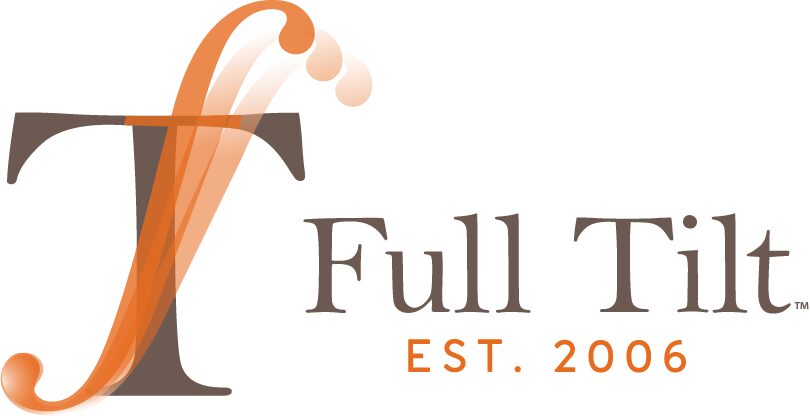uckRack’s new State of Journalism report captures the evolving role of journalists, and with these changes, showcases that the ways brands think about the role of media relations in the marketing mix must adapt. The headwinds and industry adaptations impacting reporters across the nation are also impacting the brands that have long relied on the objectivity and validity provided by editorial coverage. In short, the world of media relations is changing, and we’re detailing what that means for your marketing strategy.
First, we must reiterate that media relations is still a critical tactic in PR and external communications. It builds brand awareness, positions your company as a thought leader, and drives consumer trust. Not only that, but AI-powered search engines are increasingly relying on brand mentions achieved through media relations for their generated search output. However, to realize these benefits, CMOs are now finding that they need to diversify their marketing strategies by expanding past media relations tactics in order to achieve company goals.
Let’s explore the stand-out findings of MuckRack’s State of Journalism 2025 report to shed light on the evolving media landscape:
- Misinformation in Journalism: According to MuckRack, 36% of journalists say misinformation and disinformation are the most serious threats to the future of journalism. In today’s world of digital communication and constant connectivity, information spreads like wildfire. So, how do audiences know what’s true and what’s not? That’s where concern is escalating for journalists. Relatedly, 28% of reporters are also concerned about public trust in journalism. This has CMOs looking to vary their communications channels to offset the public’s wavering confidence in the media. With 63% of consumers reporting that they trust influencers more than brands, diversifying your brand’s communications strategy to include influencers in addition to traditional media can help to combat declining trust.
- Balancing Social Media Platforms: Social media platforms and their audiences are constantly evolving. 27% of journalists now say Facebook is the most valuable platform, surpassing X, which dropped 36% from last year. In addition, 60% of journalists say LinkedIn is a trustworthy platform. Journalists are spending more time on LinkedIn, Instagram, and Bluesky, with LinkedIn claiming more time from nearly half of all journalists. What can we take away from this? Expanding your strategy to reach multiple platforms ensures you’re prepared for the changing tides. The growing use of other channels—Threads, Discord, and Bluesky, in particular—also means that marketers need to monitor more places for accurate, timely insights into brand perception and engagement.
- The Rise of Self-Publishing: 34% of journalists now report that they publish work independently outside of a newsroom, and 61% of those earn income from it. Micro-communities for niche interests are emerging across platforms like Substack, where journalists have grown dedicated and highly engaged audiences. This means your audience may now be best reached outside of typical, well-known publications—a result of the rise of self-publishing journalists. It’s great to get your brand mentioned in traditional big outlets, but it’s not the be-all and end-all it once was for PR strategy. Rather, CMOs must now take a nuanced look at not only where their audiences truly are, but who they trust and why
All in all, the world of journalism and its impact on communications is changing. It’s being faced with new challenges, opportunities, and responsibilities that demand not only adaptation, but innovation.
While extremely impactful in the practice of public relations, the role of media relations has evolved. At Full Tilt, we’ve found that omnichannel messaging is not only a strategic opportunity, but now a competitive necessity. Instead of thinking in channel silos, successful communicators take a holistic approach to external communications. So, let’s chat about your omnichannel strategy today.


